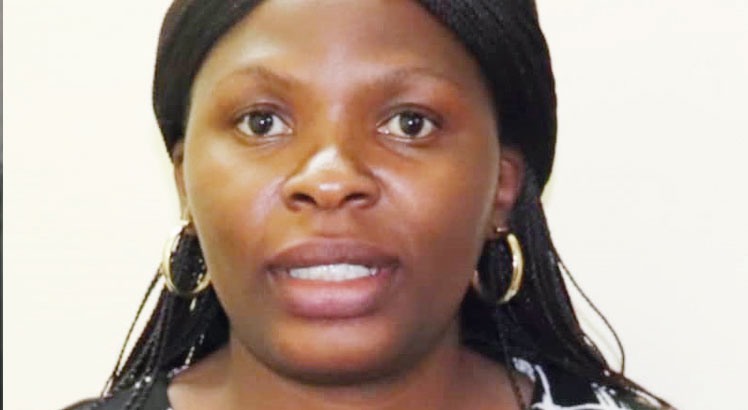
Canada-based JCM Matswani Sol a r Limited has officially started supplying 60 megawatts (MW) to the national grid from its Nanjoka solar power plant in Salima, it has emerged.
Electricity Supply Corporation of Malawi (Escom) officials disclosed this during a reforms progress reporting session with Vice-President Saulos Chilima and his team from Ministry of Economic Planning and Development; and Public Sector Reforms in Lilongwe on Tuesday.
In an interview on Tuesday, Escom public relations manager Innocent Chitosi said the move by JCM, one of the independent power producers (IPPs), will boost the country’s power generation capacity, especially during the day.
He said: “We can now reduce reliance on diesel generated power during the day as the use of diesel generators is a stop-gap measure.”

Solar power remains sustainable and cheap as reflected in JCM’s tariff model signed with Escom in the Power Purchase Agreement.
JCM officials were yet to respond to our questionnaire submitted on Tuesday.
But during the launch of the project in December 2018, JCM Solar said it expected electricity tariffs to go down once it starts supplying 60MW into the Escom grid.
The company said it would be selling electricity at $0.08 (about K65.44) per kilowatt hour (kWh) compared to $0.50 (about K409) per kWh that Escom was sourcing from diesel generators by Aggreko Power Solutions Limited and Electricity Generation Company (Egenco).
To fill the power supply gap, Escom entered into a contract with Aggreko to produce an equivalent of 78MW of power into the Escom grid.
Besides, the projected low cost power from JCM, it was envisaged that Aggreko’s diesel generators would be taken off the grid in 2019 as Escom was passing on the production cost to consumers.
But in January 2021, the planned decommissioning of the Aggreko diesel generators did not happen as the power supply contract for Aggreko was extended after solar-powered IPPs failed to beat the roll-out deadlines to fill the power supply gap.
This denied consumers a three percent tariff reduction of the base tariff in the third year of the 2018- 2022 Escom Base Tariff Schedule.
Malawi Energy Regulatory Authority (Mera) consumer affairs and public relations manager Fitina Khonje on Tuesday said now that JCM Solar is online, there is an improvement in the energy mix and that the country has increased its power generation capacity.
“ This i s a good development. We know there have been tests, including dependable capacity tests to measure the amount of electricity that can be produced and supplied, and the reliability of the system. We expect Escom to connect more customers,” she said
Under the 2018-2022 Escom Base Tariff Schedule, Mera in October 2018 approved a 31.8 percent base tariff for the period.
The implementation of the base tariff was segmented into four annual tranches of 20 percent, 7.2 percent, negative three percent and 10 percent adjustments for the first, second, third and fourth years in that order.
The 20 percent tariff increase for the first year translated into an average tariff hike of K88.02 per kWh up from K73.23 per kWh.
In February 2020, Escom qualified for 1.65 percent instead of seven percent of the second tranche of the base tariff based on performance on the agreed Key Perfomance Indicators. Mera awarded a further 5.63 percent based on Automatic Tariff Adjustment Formula (Ataf), making a total of 7.28 percent tariff adjustment. However, the tariff increase was not implemented immediately.
In a separate interview, Office of the Vice-President press officer Pilirani Phiri said the meeting, attended by Escom and Mera, focused on updates from phase two progress of parastatal reforms.
He said: “Escom reported the development under its reform area meant to increase power supply to Malawians. Escom also reported an improved financial situation.
“In today’s meeting, Escom appeared with Malawi Energy Regulatory Authority to further discuss and flag off a turn-around strategy for Escom that is now ready for implementation.”
Prior to the addition of the 60MW, Malawi faced a 358MW power generation deficit after the commissioning of the 19.1MW Tedzani IV Hydro Power Station. Now the deficit stands at 298MW.
Source: The Nation_October 28, 2021_By Grace Phiri-News Analyst
